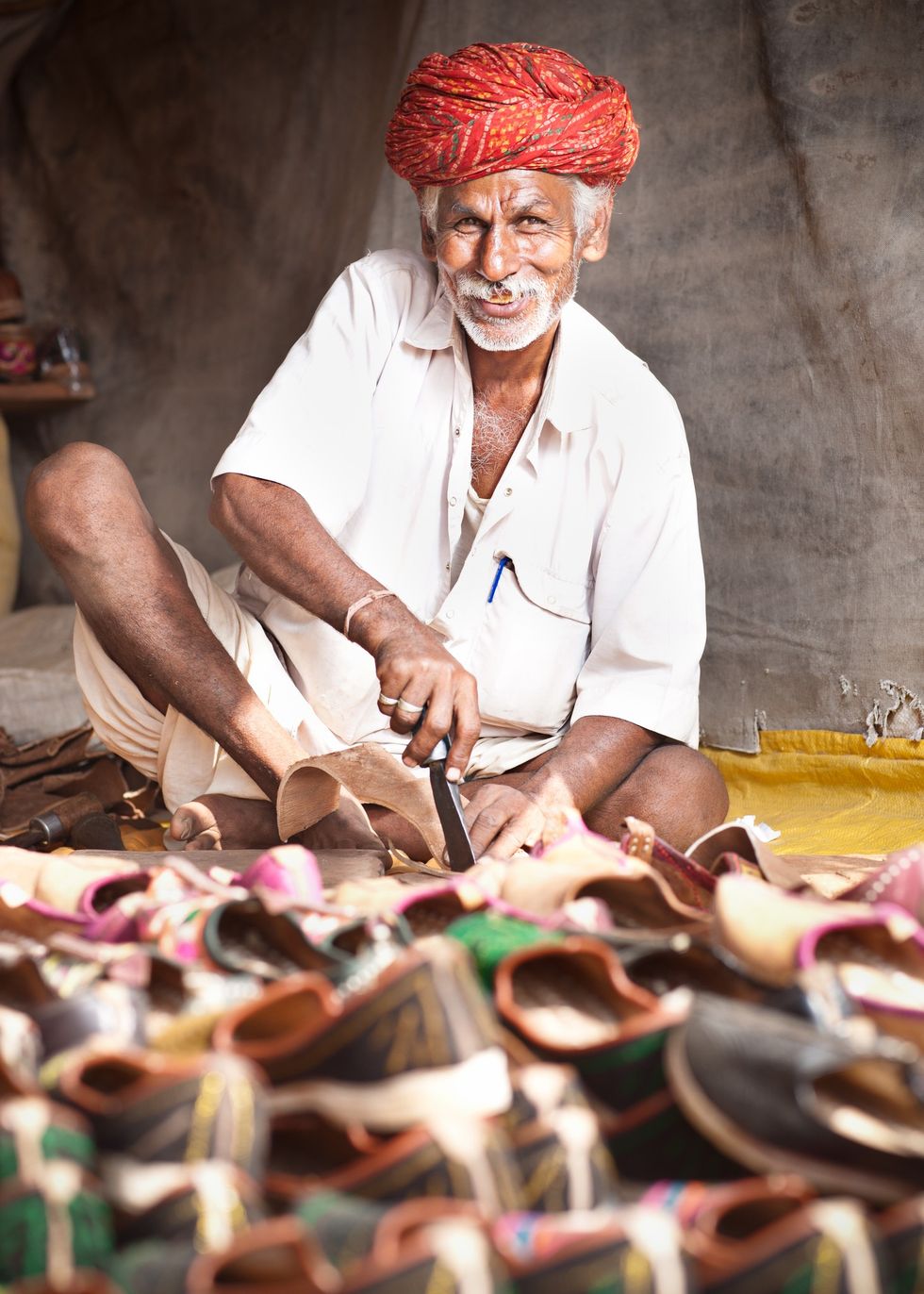A significant study has revealed that young men who experience a weight gain of two stone (28 pounds) before the age of 30 are at a considerably higher risk of prostate cancer-related mortality later in life.
Researchers from Sweden conducted a comprehensive investigation involving 258,000 men, monitoring them throughout their adult years. The study found a correlation between weight gain and an elevated likelihood of developing prostate cancer, particularly in its aggressive form.
Surprisingly, weight gain during the late teenage years and twenties was identified as the primary factor contributing to prostate cancer, despite the disease typically manifesting in men over the age of 50.
The study found that a weight gain of two stone between the ages of 17 and 29, which is equivalent to an annual increase of 2.2 pounds (1 kilogram), heightens the risk of aggressive prostate cancer diagnosis by 13 per cent.
Furthermore, it raises the probability of prostate cancer-related mortality by 27 per cent compared to men who maintain a stable weight.
Similarly, men who experience gradual weight gain throughout their lifetime, at an approximate rate of 1.1 pounds (0.5 kilograms) per year, face a similar increased risk.
The findings, which are currently awaiting peer review, originated from the Obesity and Disease Development Sweden study conducted between 1963 and 2014.
In this study, researchers meticulously analysed data from Swedish men who had their weight measured on a minimum of three occasions spanning from the ages of 17 to 60.
Dr Marisa da Silva, of the department of translational medicine at Lund University, said, “Knowing more about the factors that cause prostate cancer is key to preventing it."
She also stated that it remains unclear whether it is the weight gain itself or the prolonged period of being overweight that primarily contributes to the observed association.
Previous studies have suggested a link between elevated levels of insulin-like growth factor-1 (IGF-1), a hormone involved in cell growth and development, and an increased risk of prostate cancer.
She further explained that individuals with obesity tend to have higher levels of this hormone, and a rapid increase in weight may further elevate these levels, potentially fueling the development of the cancer.
The comprehensive study involved a vast cohort of 258,477 men. These participants were closely monitored for an average duration of 43 years.
It was found that throughout the study period, 23,348 men received a diagnosis of prostate cancer, typically at an average age of 70. Tragically, 4,790 men succumbed to the disease.
Simon Grieveson, the assistant director of research at Prostate Cancer UK, commented on the study's findings, stating, "Several studies have indicated a possible correlation between being overweight and aggressive prostate cancer, and this study builds on those by suggesting that weight gain earlier in life is associated with an increased risk of dying from the disease."
Grieveson emphasised the need for further research to comprehensively understand the biological connection between obesity and prostate cancer.
He highlighted the importance of utilising this knowledge to improve outcomes for men affected by the disease. Prostate Cancer UK is actively funding research in this area.
Grieveson also emphasised that maintaining a healthy weight can provide protection against various types of cancer, including prostate cancer. However, he emphasised that the disease can affect men of all weights, shapes, and sizes.
He said men over the age of 50, Black men, and those with a family history of prostate cancer are at the highest risk. Thus, Grieveson encouraged individuals in these groups to consult their doctors if they have any concerns.
In the UK, prostate cancer stands as the most prevalent cancer among men, with one in eight individuals receiving a diagnosis during their lifetime. The disease accounts for 52,000 cases and causes 12,000 deaths annually.
Prostate cancer primarily affects men who are 50 years of age and older, and the risk of developing the disease escalates as individuals age.
The most prevalent age range for prostate cancer diagnosis is between 70 and 74 years.






 Prada confirms Kolhapuri chappals inspired its 2026 Milan collectionInstagram/
Prada confirms Kolhapuri chappals inspired its 2026 Milan collectionInstagram/ Kolhapuri chappals have been crafted for centuries and received GI tag in 2019 iStock
Kolhapuri chappals have been crafted for centuries and received GI tag in 2019 iStock 








 Wintour also became synonymous with the Met GalaGetty Images
Wintour also became synonymous with the Met GalaGetty Images

